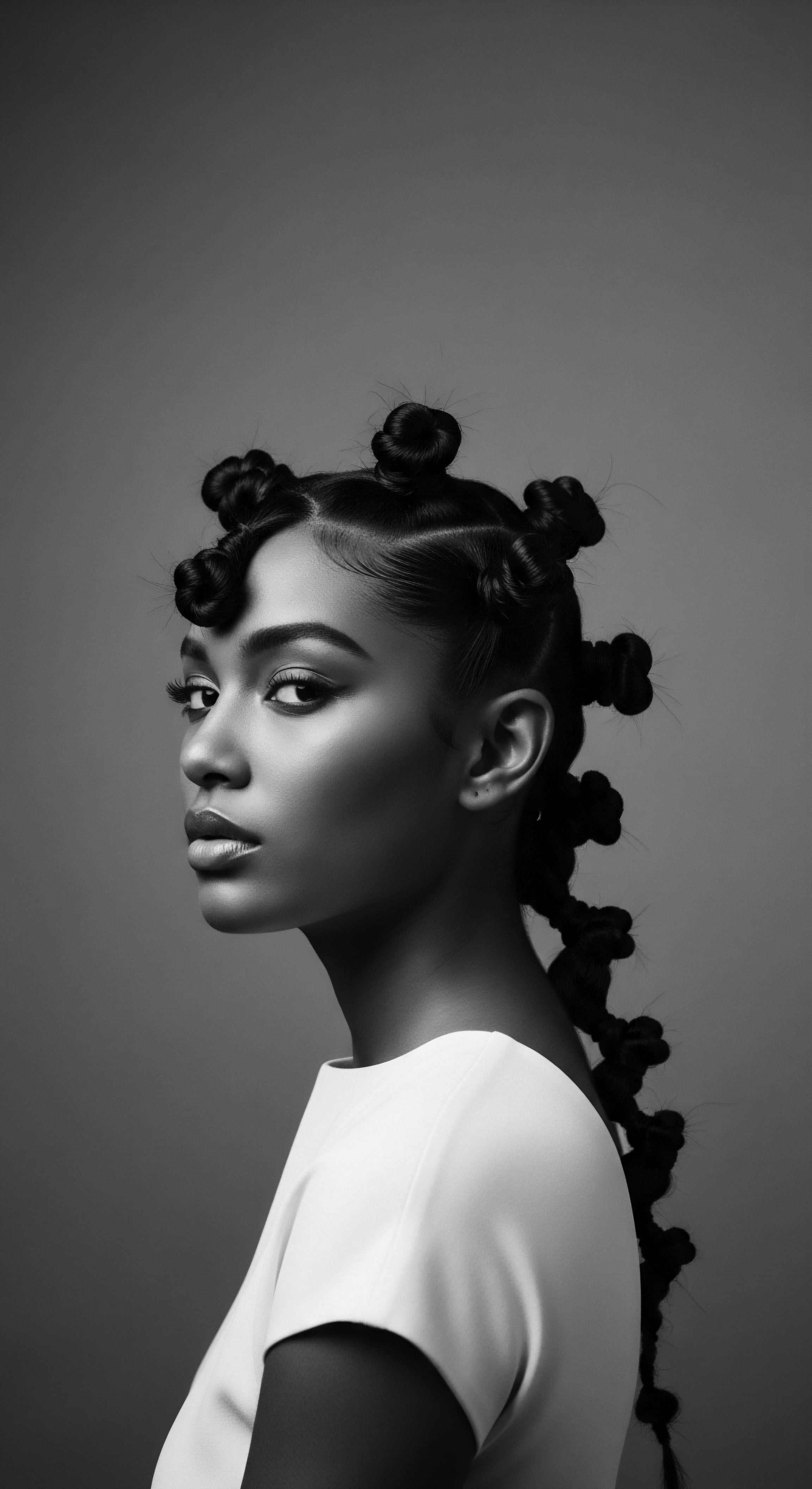
Fundamentals
The concept of Hair Cleansing, at its most elemental level, signifies the removal of impurities from the hair and scalp. This fundamental practice encompasses the physical act of purifying the hair shaft and the dermal layer beneath, freeing them from accumulated oils, environmental pollutants, product residues, and dead skin cells. The primary objective centers on maintaining an optimal environment for scalp health and promoting the vitality of individual strands. Understanding this delineation provides a foundational explanation for the diverse approaches to hair care observed across human history and cultural landscapes.
Across various traditions, the core intention behind hair cleansing remains consistent ❉ to prepare the hair for further adornment, styling, or protective practices, ensuring its longevity and aesthetic appeal. This purification process goes beyond mere hygiene; it holds significant cultural weight, acting as a preparatory step for rituals, communal gatherings, or personal expressions of identity. The earliest manifestations of this practice involved readily available natural elements, shaping the foundational methods for generations.
Hair Cleansing is the essential process of purifying the hair and scalp, a practice with both biological and deep-seated cultural significance.

Early Practices and Their Enduring Legacy
From ancient times, communities around the globe developed methods for hair purification using materials found within their immediate surroundings. These practices, often passed down through oral tradition and lived experience, represent the earliest forms of hair cleansing. Water, earth, and plant matter served as the initial agents for this vital ritual. The selection of these materials often reflected a profound understanding of local flora and their inherent properties, a knowledge system built over countless generations.
For instance, various forms of clay, such as rhassoul clay from the Atlas Mountains or fuller’s earth in India, were utilized for their absorbent qualities. These natural substances would draw out oils and debris, leaving the hair feeling refreshed. Similarly, certain plant parts, like the saponin-rich berries of the soapnut tree (Sapindus mukorossi) or the leaves of the hibiscus plant, provided natural lathering capabilities, serving as precursors to modern cleansing agents. The efficacy of these traditional components often stemmed from an intuitive comprehension of their chemical compositions, long before the advent of contemporary scientific analysis.
- Soapnut Berries ❉ Used for centuries in South Asia, these berries contain natural saponins, which create a gentle lather for effective cleansing.
- Rhassoul Clay ❉ Originating from Morocco, this mineral-rich clay purifies and detoxifies the scalp and hair, contributing to its softness and shine.
- Hibiscus Leaves ❉ Employed in various traditional practices, hibiscus leaves and flowers offer mild cleansing properties and are known for conditioning the hair.
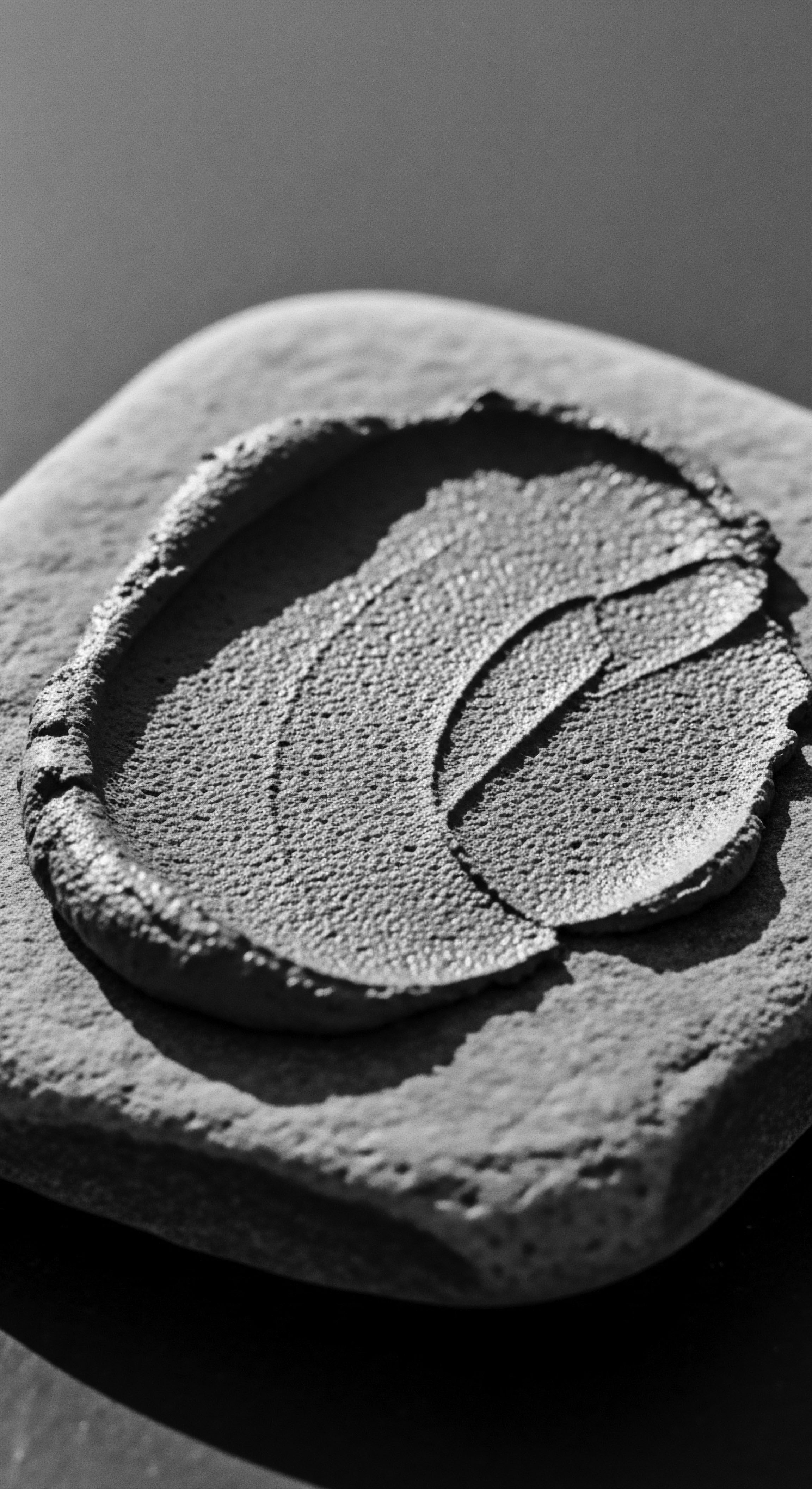
The Communal Aspect of Early Cleansing
Hair cleansing, particularly within many African and mixed-race heritage traditions, was rarely a solitary act. It represented a communal activity, a moment for intergenerational bonding and the transmission of cultural knowledge. Elders would share wisdom about specific herbs, water sources, and techniques, imbuing the act with social and spiritual significance. These shared experiences reinforced familial ties and strengthened community bonds, transforming a simple hygiene task into a cherished ritual.
This communal dimension of hair care, including cleansing, extended beyond the immediate family, often taking place in designated spaces or during specific ceremonial periods. The process involved not only physical cleaning but also storytelling, singing, and the reinforcement of collective identity. The physical manipulation of hair during cleansing and subsequent styling fostered a sense of intimacy and care, creating a profound connection between individuals. This historical context illuminates the deeper sense of meaning attached to hair care practices, far exceeding a mere functional purpose.
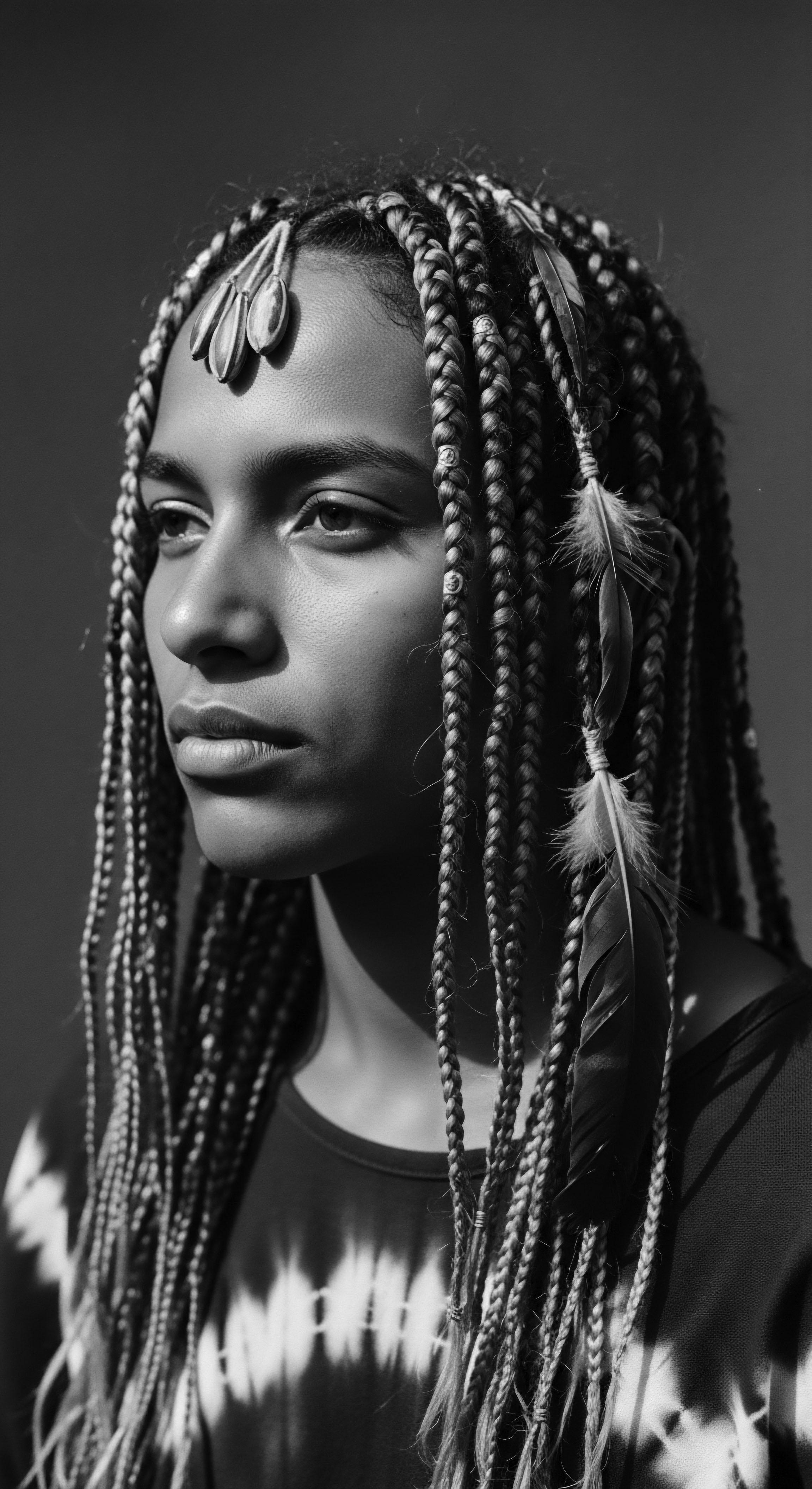
Intermediate
Expanding upon the basic delineation, the intermediate comprehension of Hair Cleansing acknowledges its intricate relationship with hair structure, particularly for textured hair, and the historical adaptations required for its care. This level of understanding moves beyond a simple definition, delving into the physiological nuances of the scalp and hair fiber, alongside the cultural evolution of cleansing agents and methodologies. The significance of this practice gains additional layers when considering the unique architectural patterns of coily, kinky, and curly hair.
The physical process of hair cleansing aims to dislodge accumulated debris and excess sebum, a natural oil produced by the sebaceous glands. While sebum provides protective benefits, its overaccumulation can lead to scalp issues and dullness. Cleansing agents, whether traditional plant-based solutions or modern formulations, operate on principles of emulsification and detergency, lifting oil and dirt so they can be rinsed away with water. This understanding of how agents interact with the hair’s surface allows for a more informed approach to product selection and application.
Hair Cleansing for textured hair involves a nuanced understanding of its unique structure and historical adaptations in care, ensuring optimal scalp health and strand vitality.
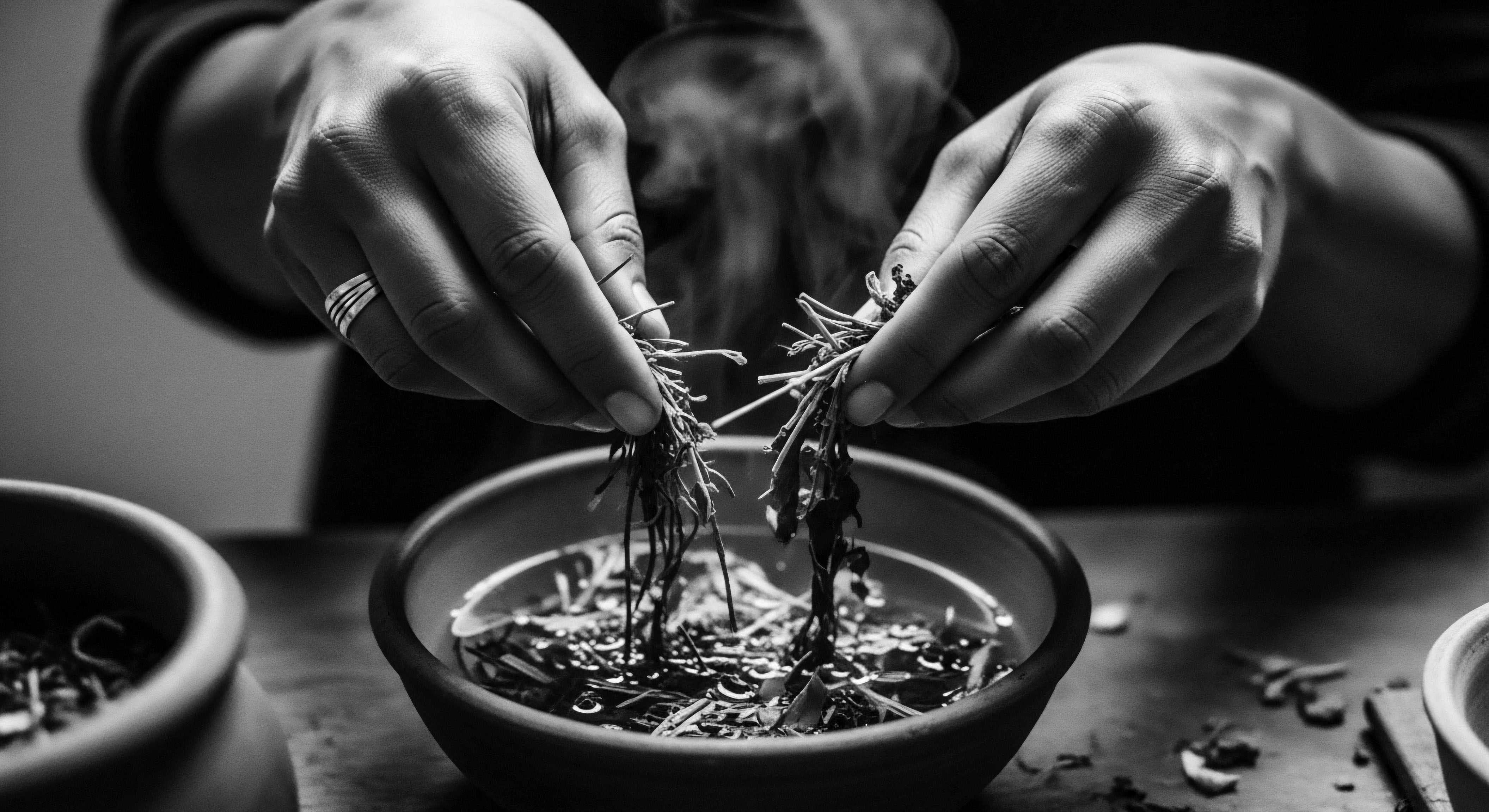
Textured Hair ❉ A Unique Cleansing Imperative
Textured hair, with its diverse curl patterns, presents distinct considerations for cleansing. The helical structure of coily and kinky strands means that natural oils from the scalp travel down the hair shaft with greater difficulty compared to straight hair. This characteristic often results in drier hair lengths, while the scalp might still experience oil buildup.
Therefore, cleansing strategies for textured hair often prioritize gentle methods that preserve natural moisture while effectively purifying the scalp. This imperative has shaped ancestral practices and continues to influence contemporary care regimens.
The cuticle, the outermost layer of the hair, is particularly vulnerable during the cleansing process, especially when harsh agents are employed. For textured hair, the cuticle layers are often more raised, rendering them susceptible to damage and moisture loss. A cleansing routine that respects this delicate architecture minimizes friction and utilizes moisturizing ingredients, preventing dryness and breakage. This appreciation for the hair’s inherent design has been a guiding principle in traditional care, even if the scientific terminology was not yet established.
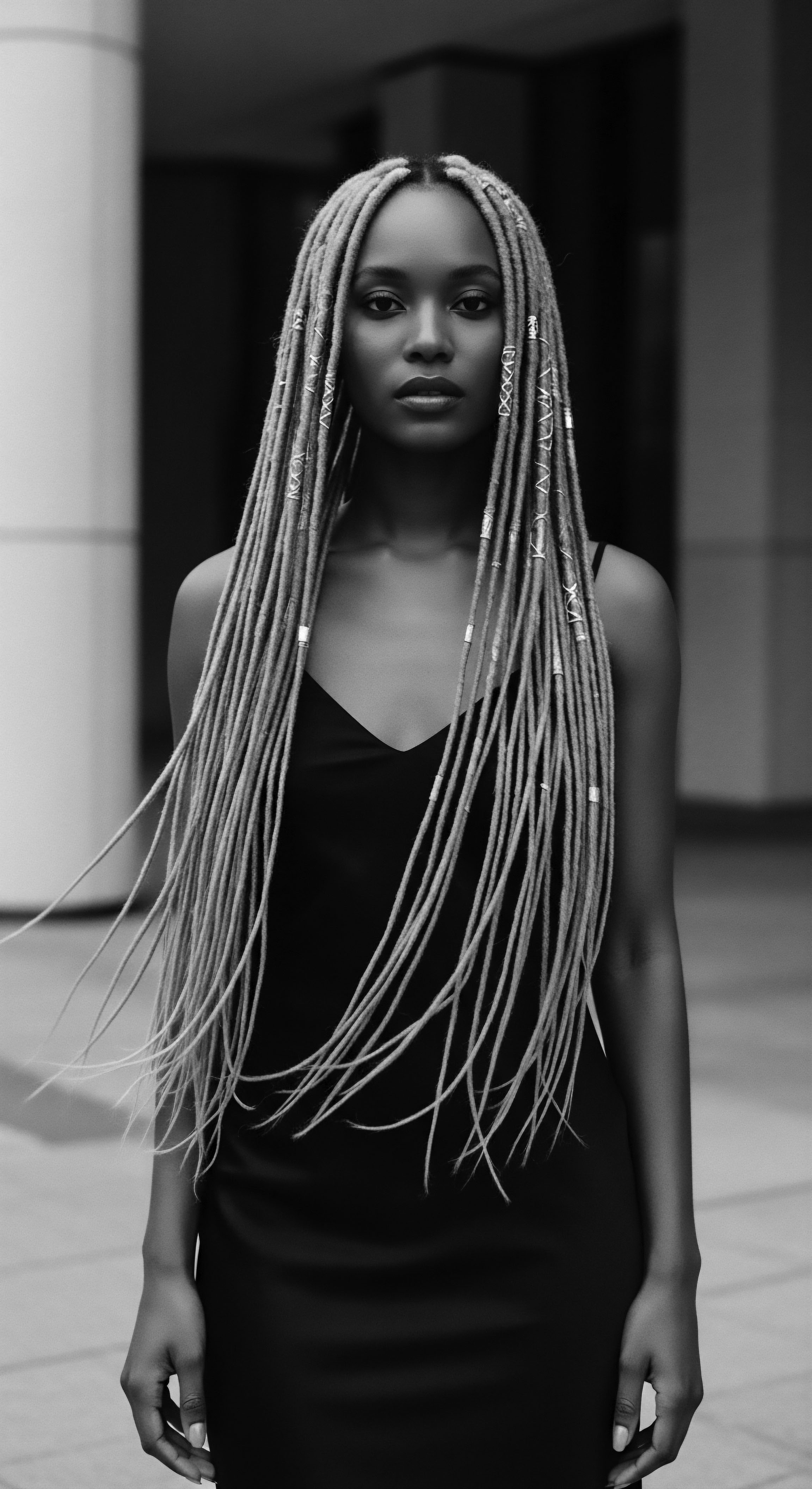
Historical Adaptations in Cleansing Agents
Ancestral communities developed ingenious solutions to cleanse textured hair, often driven by environmental realities and a deep intuitive knowledge of botanical properties. These practices frequently incorporated emollients and humectants to counteract the inherent dryness of coily and kinky hair, even within the cleansing step. The selection of ingredients reflected a profound connection to the land and its offerings, transforming local flora into potent hair remedies.
A compelling historical example arises from the Himba People of Namibia, a community renowned for their distinctive hair and skin care rituals. Due to the scarcity of water in their arid environment, the Himba developed a unique cleansing practice that did not rely on copious amounts of liquid. They traditionally use a paste known as ‘otjize,’ a blend of ochre pigment, butterfat, and aromatic resin from the omuzumba shrub (McMullen, 2023, cited in African Journal of Applied Research, 2024, p. 259).
While primarily a cosmetic and protective application, elements of their hair care, including the occasional use of wood ash, serve cleansing purposes. Wood ash, with its alkaline properties, can act as a mild degreaser, helping to lift dirt and excess oil from the hair and scalp when water is limited. This practice highlights a resourcefulness and a deep understanding of natural chemistry, adapting cleansing to environmental constraints while maintaining cultural significance. The application of these materials forms a protective layer against the harsh sun and insects, simultaneously serving as a form of symbolic cleansing and spiritual connection.
This case illuminates how cleansing practices are not universal but are deeply intertwined with ecological conditions, cultural values, and ancestral wisdom. The Himba example stands as a testament to the ingenuity of communities in preserving hair health and cultural identity through generations, even in challenging environments. It demonstrates that the meaning of cleansing extends beyond mere sanitation, encompassing protection, spiritual connection, and social expression.
| Traditional Agent Wood Ash |
| Ancestral Use/Source Himba people, often in arid regions |
| Cleansing Principle Mild alkalinity, helps lift oils and dirt when water is scarce. |
| Traditional Agent Rhassoul Clay |
| Ancestral Use/Source Moroccan traditions |
| Cleansing Principle Adsorbent properties, draws out impurities and oils. |
| Traditional Agent Soapnut (Reetha) |
| Ancestral Use/Source South Asian herbal traditions |
| Cleansing Principle Natural saponins, creates a gentle lather for purification. |
| Traditional Agent Aloe Vera |
| Ancestral Use/Source Various African and indigenous cultures |
| Cleansing Principle Saponins, mild cleansing, and moisturizing properties. |
| Traditional Agent These ancestral practices provide a historical blueprint for understanding natural and gentle hair cleansing methods, many of which are now being rediscovered and scientifically validated. |

The Evolution of Cleansing Rituals
The Middle Passage and the subsequent experiences of enslavement in the Americas profoundly disrupted established African hair care traditions. Access to traditional ingredients, tools, and the communal time for elaborate styling and cleansing rituals was systematically denied. This deliberate act of dehumanization included the forced shaving of heads upon arrival, a stark symbolic removal of identity and heritage (Johnson & Bankhead, 2014, p. 88).
Despite these devastating impositions, resilience persisted. Enslaved Africans adapted, using what meager resources were available, such as lye soap (harsh but accessible) or even bacon grease, to manage and cleanse their hair (Heaton, 2021, cited in Heavy is the Head, 2022, p. 9). These adaptations, while often damaging, underscore the enduring human need for personal care and the preservation of self, even under the most brutal conditions.
The post-emancipation era saw the emergence of pioneering Black entrepreneurs, like Madam C.J. Walker, who innovated hair care products tailored for textured hair, often focusing on scalp health and growth. While some of her products aimed to straighten hair, a response to societal pressures for Eurocentric beauty standards, her system also recognized the importance of cleansing and conditioning. Her “Wonderful Hair Grower” was designed to address scalp issues and promote healthy hair, acknowledging the unique needs of Black hair.
The development of these specialized products, including various pomades and cleansers, marked a significant shift, bringing hair care from a fragmented, improvised activity to a more structured, albeit still culturally fraught, industry within Black communities. This period showcases a complex interplay of assimilation pressures and a persistent drive for self-care and community support.
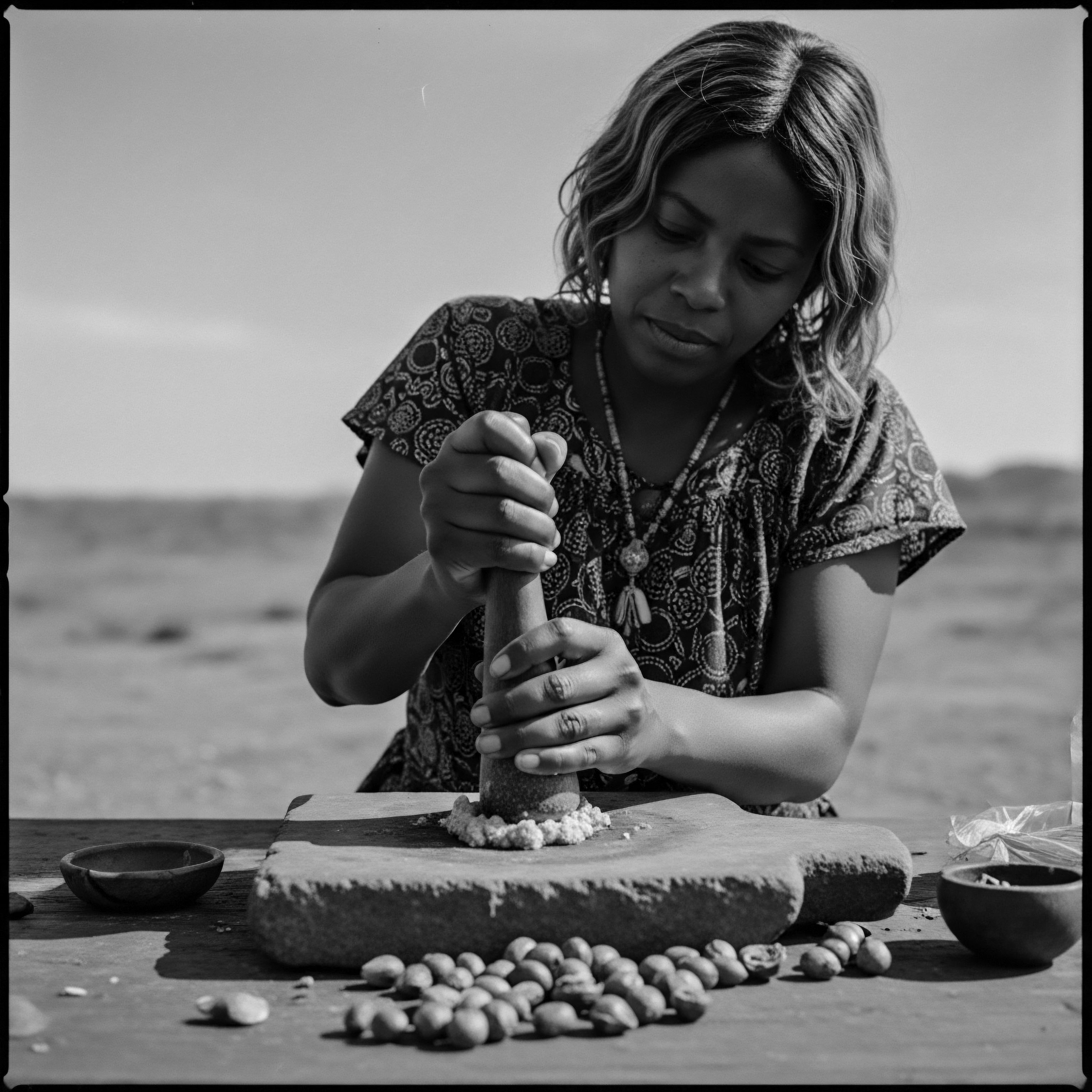
Academic
The academic elucidation of Hair Cleansing transcends its simple physical definition, offering a profound interpretation rooted in its biochemical underpinnings, socio-cultural implications, and historical trajectory within the context of textured hair heritage. This scholarly delineation recognizes hair cleansing as a complex interplay of dermatological science, anthropological practice, and an enduring symbol of identity, particularly for individuals of Black and mixed-race descent. The significance of this act extends beyond the superficial, reaching into the very essence of self-perception, communal belonging, and historical resilience. Hair cleansing, viewed through this lens, becomes a vital component of holistic wellness, reflecting a continuum of ancestral wisdom meeting contemporary understanding.
From a biochemical standpoint, hair cleansing involves the judicious application of surfactants to the hair and scalp. These amphiphilic molecules possess both hydrophilic (water-attracting) and lipophilic (oil-attracting) properties, enabling them to surround and lift non-polar substances like sebum, environmental dust, and styling product residues, allowing them to be rinsed away by polar water molecules. The optimal cleansing agent for textured hair must balance effective detergency with minimal disruption to the hair’s natural lipid barrier and cuticle integrity.
Over-cleansing or the use of overly harsh surfactants can strip the hair of essential moisture, leading to dryness, brittleness, and increased susceptibility to mechanical damage, issues disproportionately affecting coily and kinky hair types due to their structural characteristics. A nuanced understanding of the hair’s porous nature and the delicate balance of its microbiome is paramount for developing truly beneficial cleansing protocols.
Hair Cleansing represents a profound cultural act, deeply intertwined with identity and resilience, especially within the historical context of Black and mixed-race hair experiences.
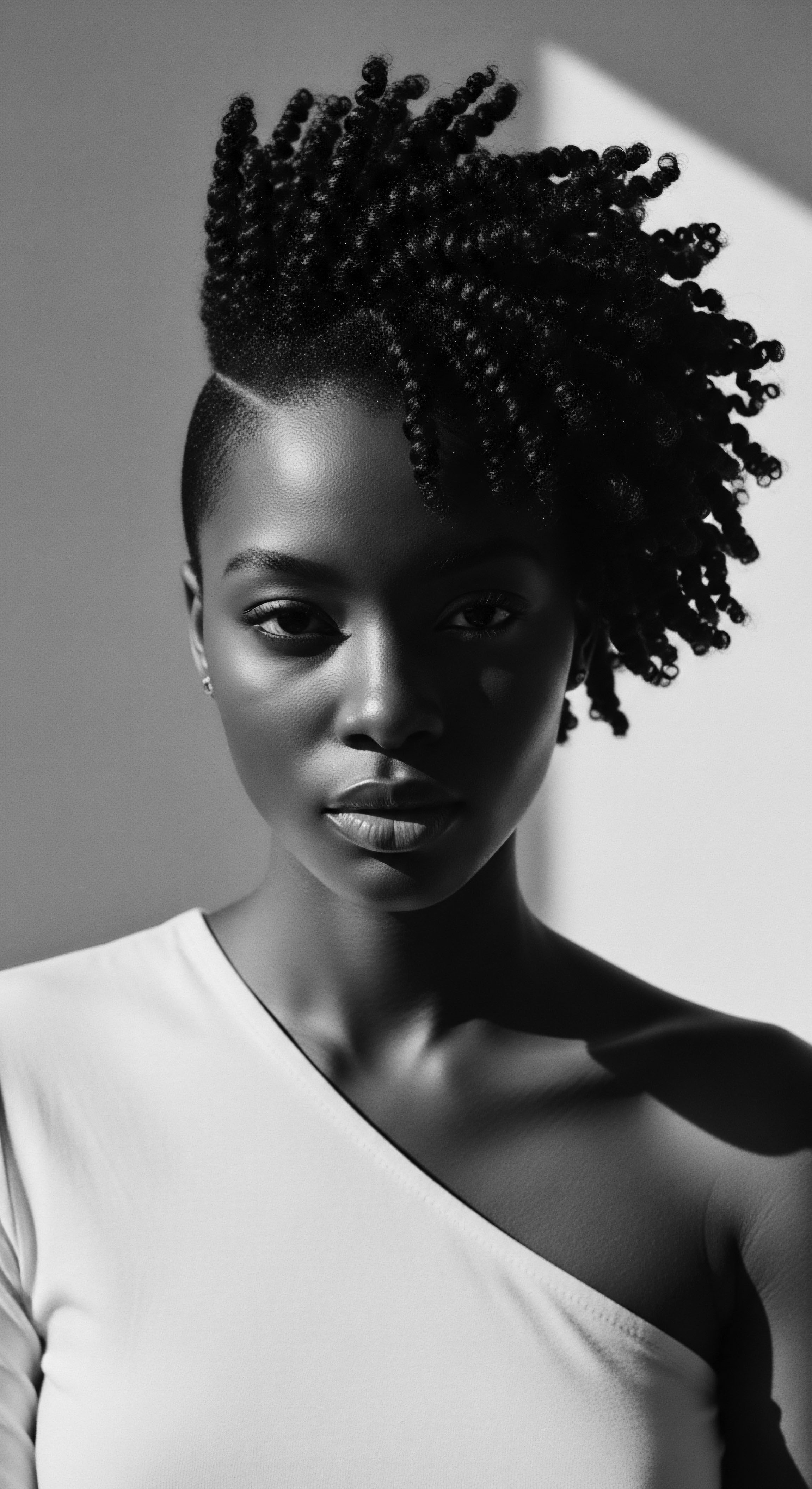
The Ancestral Imperative ❉ Cleansing as Cultural Preservation
Ancestral hair cleansing practices, particularly those observed in pre-colonial African societies, were not merely acts of hygiene; they were meticulously woven into the fabric of social structure, spiritual belief systems, and collective identity. The meaning of hair cleanliness was inseparable from its role as a medium for communication, signifying status, age, marital standing, and even tribal affiliation (Essel, 2023, cited in International Journal of Arts and Social Science, 2023, p. 217). The careful preparation and cleansing of hair, often preceding elaborate styling rituals that could take hours or even days, underscored its sacred dimension.
This preparation involved the use of local botanicals, often selected for their medicinal as well as cleansing properties. The act of washing, conditioning, and oiling hair was frequently a communal affair, fostering intergenerational bonds and transmitting knowledge about botanical remedies and styling techniques (Johnson & Bankhead, 2014, p. 87).
The deliberate disruption of these practices during the transatlantic slave trade, through the forced shaving of heads, represented a calculated attempt to erase identity and sever ancestral ties (Byrd & Tharps, 2014). Yet, the resilience of the human spirit ensured that remnants of these practices, or ingenious adaptations, persisted. The historical record indicates improvised cleansing methods, utilizing whatever materials were available, often in secret, as a quiet act of defiance and self-preservation.
The very act of attempting to cleanse and maintain hair, even with limited resources, became a powerful statement of humanity in the face of dehumanization. This historical context illuminates how hair cleansing, even in its most basic form, held a profound symbolic weight, signifying a connection to a past that oppressors sought to obliterate.
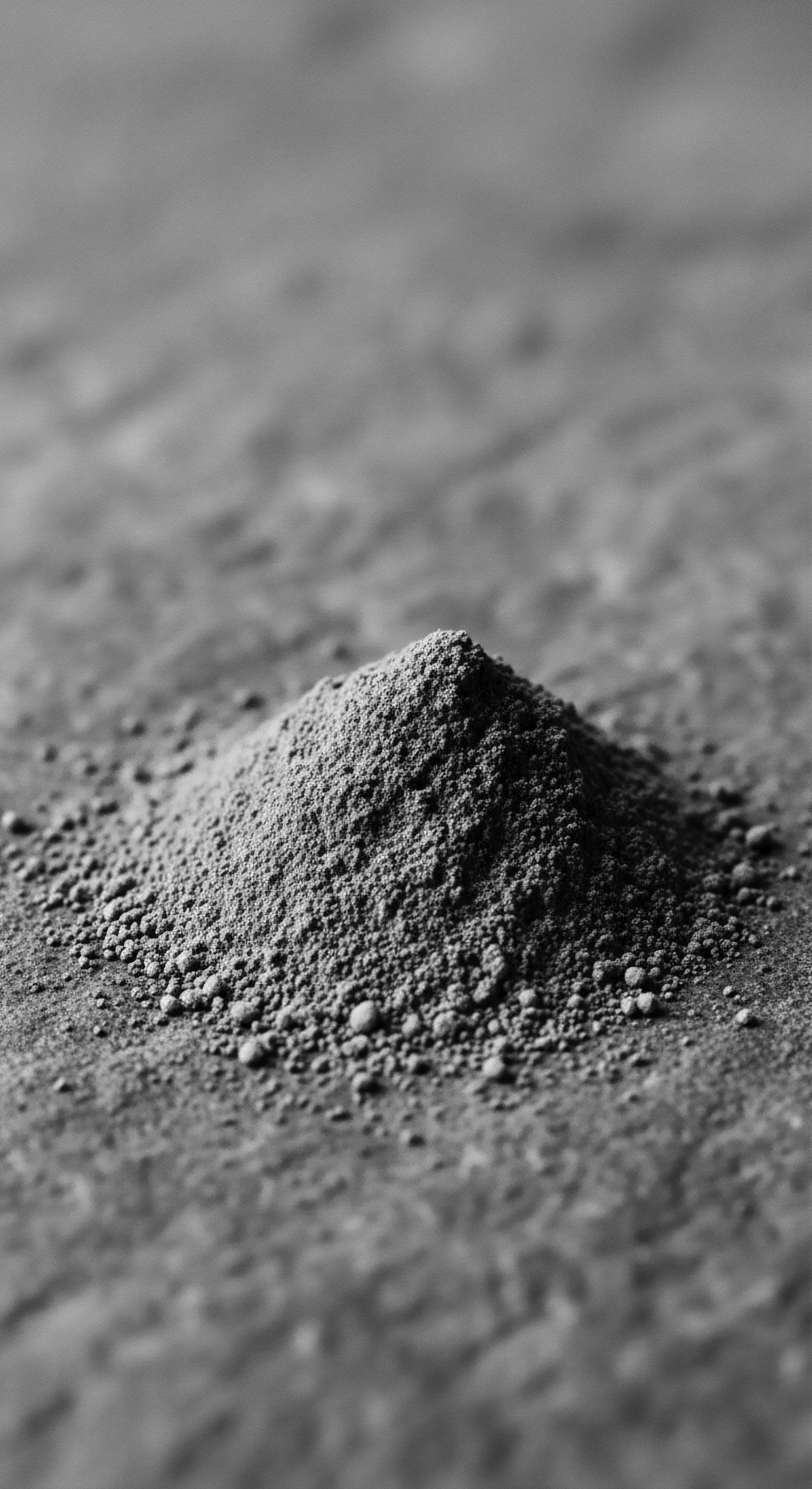
The Socio-Political Landscape of Cleansing and Hair Identity
The journey of hair cleansing within Black and mixed-race communities in the diaspora has been inextricably linked to broader socio-political struggles for acceptance and self-definition. Post-slavery, the pressure to conform to Eurocentric beauty standards led to the widespread adoption of chemical straighteners and hot combs, tools designed to alter natural hair texture. While these products offered a perceived path to social and economic mobility, they often came at the cost of hair health and a disconnection from ancestral hair forms.
The cleansing regimens associated with straightened hair differed markedly from those suited for natural textures, often involving harsher chemicals and less frequent washing to preserve the straightened style. This period highlights a complex interplay where cleansing routines were influenced by external societal pressures, rather than solely by the intrinsic needs of the hair.
The latter half of the 20th century witnessed the emergence of the “Black is Beautiful” movement and later the natural hair movement, which sought to reclaim and celebrate natural hair textures. This cultural shift brought a renewed focus on hair cleansing methods that supported the integrity of coily and kinky hair. The meaning of cleansing shifted from preparing hair for alteration to nurturing its natural state. This re-orientation involved a return to gentler, more moisturizing cleansers, and a deeper appreciation for ingredients that honored the hair’s unique biological structure.
This cultural resurgence was not without its challenges. Discriminatory practices persist, where natural hair styles are sometimes deemed “unprofessional” in corporate or educational settings (CROWN 2023 Research Study, cited in Ujima Natural Hair and the Black Community, 2023). A striking statistic reveals that 41% of Black Women Reported Altering Their Hair from Curly to Straight for Job Interviews, with 54% believing they should have straight hair for such occasions (CROWN 2023 Research Study, 2023). This statistic powerfully illustrates the ongoing societal pressures that shape hair choices, including cleansing practices, even in contemporary times, highlighting a persistent tension between cultural heritage and systemic bias.
The academic inquiry into hair cleansing extends to its psychological dimensions. The act of cleansing, particularly when performed with reverence for one’s natural texture, can be a deeply affirming experience. It represents a moment of self-care, a connection to one’s ancestral lineage, and a conscious rejection of imposed beauty ideals. For many, the “wash day” ritual, a comprehensive cleansing and conditioning process, has become a sacred time for introspection and bonding within the natural hair community.
This community, often fostered through digital platforms, shares knowledge about optimal cleansing techniques, product ingredients, and historical insights, reinforcing a collective identity grounded in hair heritage. The meaning of hair cleansing, in this context, becomes synonymous with self-acceptance, cultural pride, and a deliberate act of nurturing one’s inherent beauty.
- Co-Washing ❉ This method involves using a conditioner, or a specialized cleansing conditioner, to wash hair, minimizing the use of traditional shampoos to preserve moisture. It is particularly beneficial for very dry or delicate textured hair types.
- Pre-Poo Treatments ❉ Applying oils or conditioning treatments to hair before shampooing helps to protect strands from the stripping effects of surfactants, a practice that echoes ancestral oiling rituals.
- Scalp-Focused Cleansing ❉ Recognizing that the scalp is the primary area for oil and product buildup, modern cleansing techniques often emphasize gentle massage and targeted application to the scalp, allowing the rinse to cleanse the lengths of the hair.
- Detangling during Cleansing ❉ The unique coil patterns of textured hair can lead to tangling. Incorporating detangling tools or finger detangling during the conditioning phase of cleansing helps to minimize breakage.
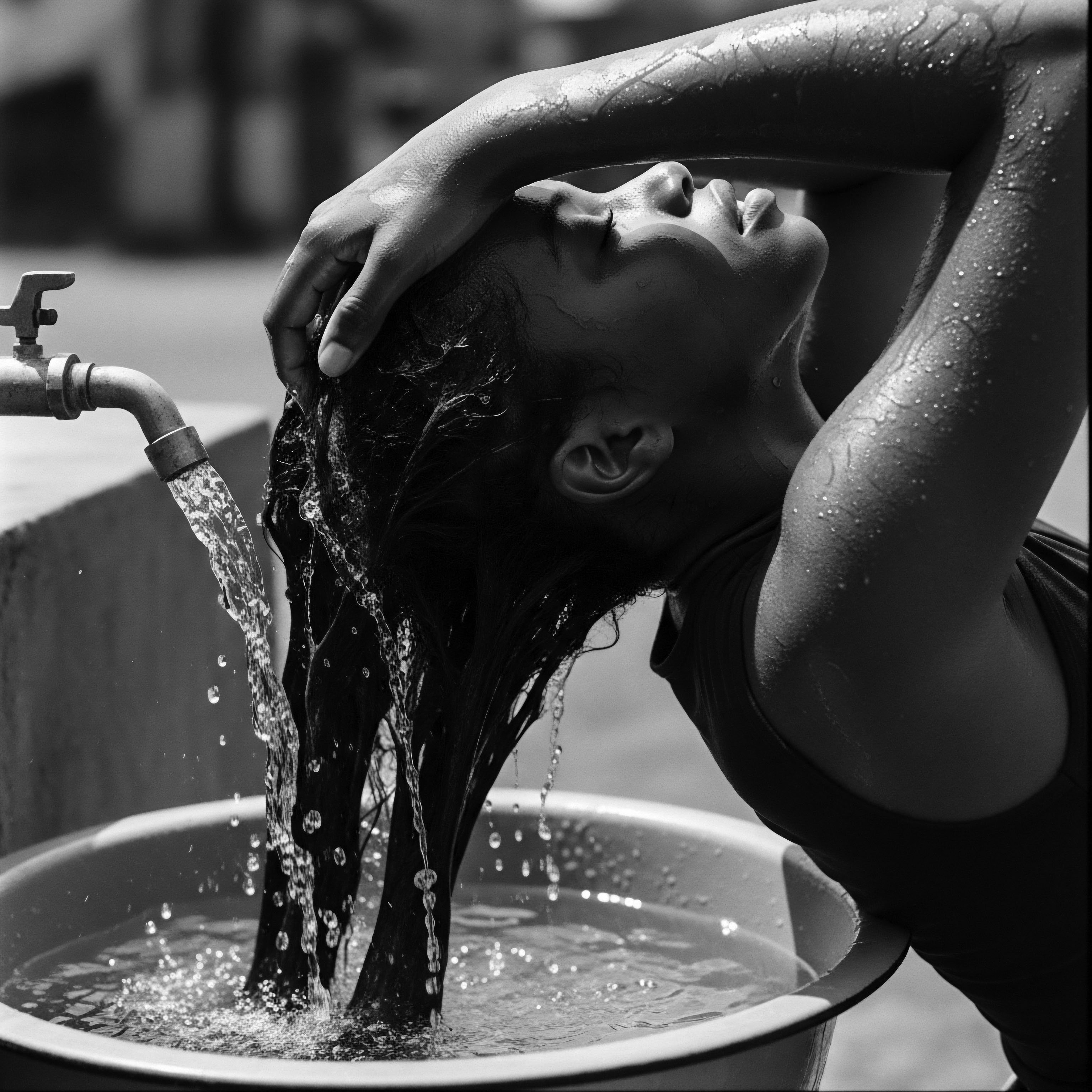
Future Directions ❉ Scientific Validation and Cultural Reclamation
Contemporary research continues to explore the efficacy of traditional cleansing agents and practices, often providing scientific validation for long-held ancestral wisdom. Ethnobotanical studies document the properties of plants used for centuries in hair care, identifying their active compounds and mechanisms of action. This interdisciplinary approach, combining anthropology, chemistry, and dermatology, enriches our collective understanding of hair cleansing. The academic pursuit of this subject aims not only to catalog historical practices but also to inform the development of culturally attuned and scientifically sound hair care solutions for textured hair.
The future of hair cleansing, particularly for textured hair, involves a continuous dialogue between scientific advancement and cultural heritage. This dialogue encourages the creation of products and practices that honor the unique needs of diverse hair types while celebrating the rich history of hair care traditions. The delineation of hair cleansing in an academic context thus becomes a living document, evolving with new discoveries yet always grounded in the profound meaning and significance bestowed upon hair by generations past. It champions a holistic approach, where the physical act of cleansing is understood as a vital part of a larger narrative of identity, wellness, and ancestral connection.
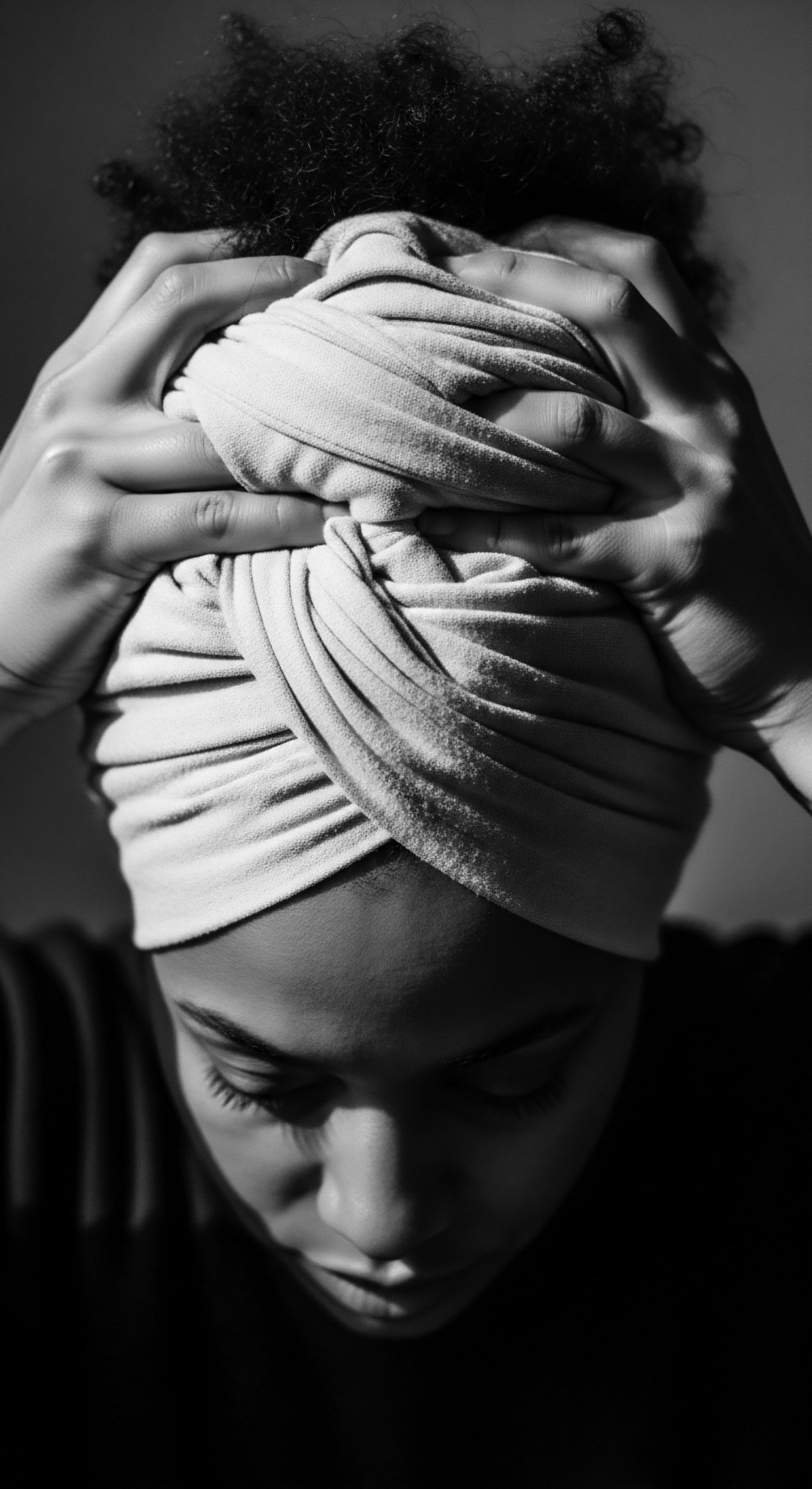
Reflection on the Heritage of Hair Cleansing
The journey through the nuanced world of Hair Cleansing, particularly when viewed through the lens of Textured Hair Heritage, reveals a story far richer than mere hygiene. It unfolds as a profound meditation on human resilience, ingenuity, and the enduring power of identity. Each cleansing ritual, from the ancient use of wood ash by the Himba to the communal wash days of the diaspora, carries within its movements the echoes of ancestors, their wisdom, their struggles, and their unwavering spirit. The soul of a strand, as Roothea understands it, is not simply its physical composition; it is the accumulated memory of generations, the whispers of traditional remedies, and the silent strength cultivated through adaptation.
Hair cleansing, therefore, transcends a simple definition; it becomes a living testament to the continuity of cultural practices. It is a dialogue between past and present, where the understanding of biochemical interactions with hair fibers meets the profound knowledge of plant properties passed down through oral traditions. The meticulous care, the intentional selection of ingredients, and the communal acts of cleansing and styling all contribute to a narrative of self-worth and communal solidarity.
This enduring legacy reminds us that hair is not merely an adornment; it is a repository of history, a canvas for expression, and a vital link to our collective ancestral memory. As we cleanse our strands, we are not just purifying; we are participating in a timeless ritual, honoring the journey of those who came before us, and affirming the beauty of our authentic selves.
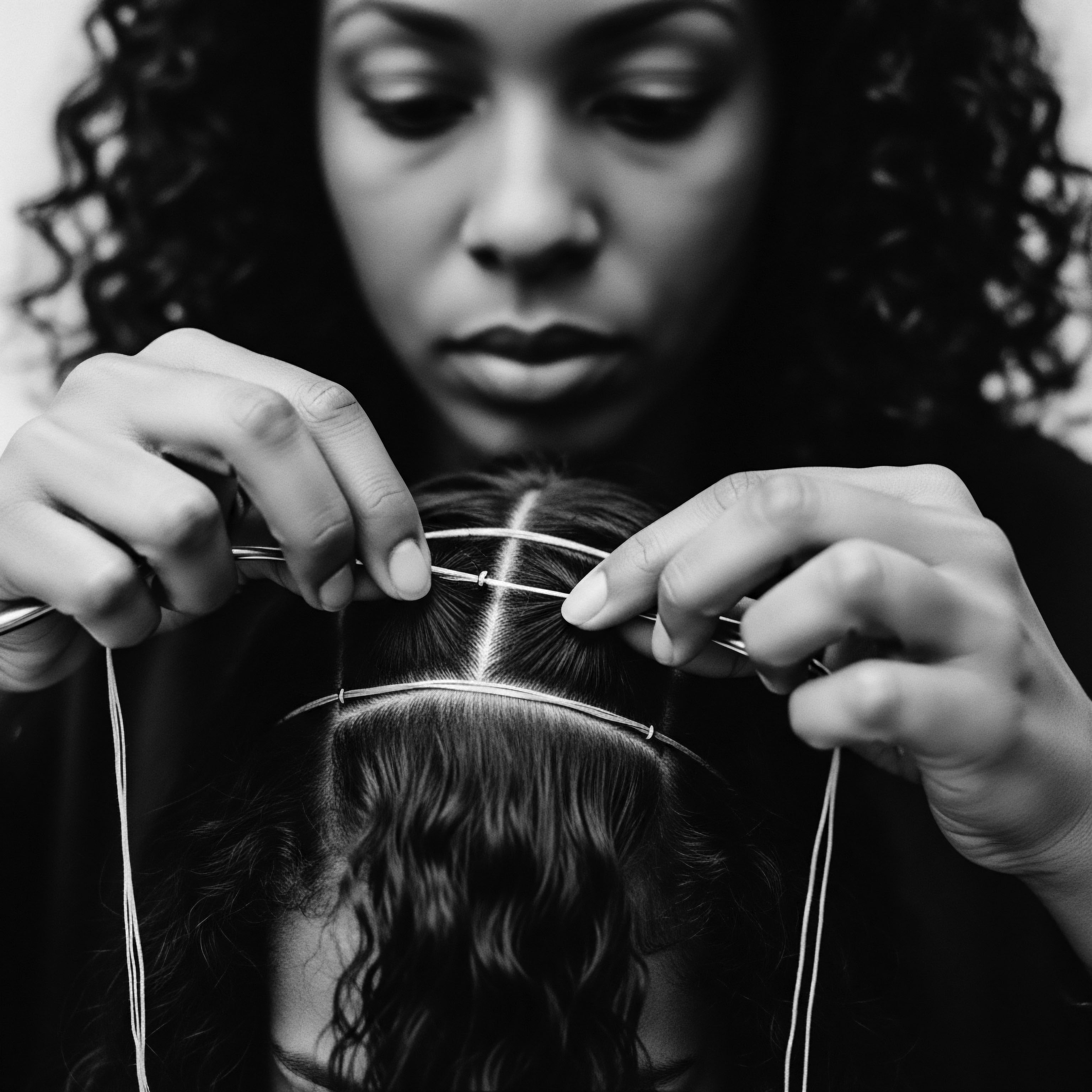
References
- Asbeck, S. Riley-Prescott, C. Glaser, E. & Tosti, A. (2022). Afro-Ethnic Hairstyling Trends, Risks, and Recommendations. Cosmetics, 9(1), 17.
- Byrd, A. D. & Tharps, L. L. (2014). Hair Story ❉ Untangling the Roots of Black Hair in America. St. Martin’s Press.
- Chimbiri, K. N. (2021). The Story Of Afro Hair ❉ 5000 years of history, fashion and styles. New Beacon Books.
- Dabiri, E. (2020). Twisted ❉ The Tangled History of Black Hair Culture. Harper Perennial.
- Gaston, S. A. et al. (2020). Hair Maintenance and Chemical Hair Product Usage as Barriers to Physical Activity in Childhood and Adulthood among African American Women. Cosmetics, 7(4), 78.
- Johnson, T. A. & Bankhead, T. (2014). Hair It Is ❉ Examining the Experiences of Black Women with Natural Hair. Journal of Pan African Studies, 7(6), 87-99.
- Matjila, C. R. (2020). The meaning of hair for Southern African Black women. University of the Free State.
- McMullen, S. (2023). Cited in Quampah, B. (2024). AN EXPLORATION OF THE CULTURAL SYMBOLISM OF SOME INDIGENOUS COSMETIC HAIR VARIANTS IN THE DORMAA TRADITIONAL AREA, GHANA. African Journal of Applied Research, 10(2), 258-282.
- Rooks, N. (1996). Hair Raising ❉ Beauty, Culture, and African American Women. Rutgers University Press.
- The CROWN 2023 Research Study. (2023). Cited in Jenkins, N. D. (2023). Ujima Natural Hair and the Black Community Black Paper .
